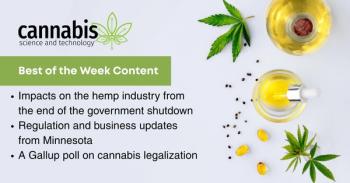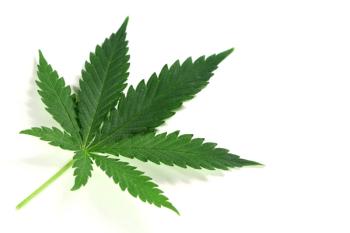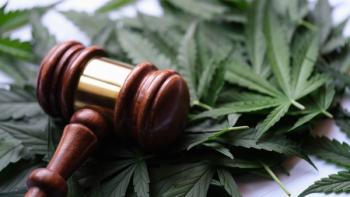
New Study Proposes Common Vocabulary for Describing Cannabis Aromas
Key Takeaways
- A standardized vocabulary for cannabis aromas was developed, addressing the industry's reliance on potency as a quality measure.
- Sensory evaluation identified four main aroma profiles, emphasizing the need for a more nuanced understanding of cannabis quality.
Researchers with Oregon State University analyzed responses from panelists sampling cannabis inflorescence aroma, proposing a common framework for an established vocabulary.
Researchers at Oregon State University (OSU) have proposed a descriptive vocabulary of aromas for cannabis and hemp (1). Federal restrictions have limited research into the various characteristics of the plant, unlike with hops, coffee, and winegrapes, the researchers explain. As a result of this knowledge gap, potency is usually used by consumers as a measurement for quality, though this can lead to health risks. “Aroma plays a key role in how consumers judge cannabis quality, yet until now there’s been no standardized language to describe it,”
Study Design: Analyzing the Samples
A panel of 24 participants, ages 21–70 years, evaluated the aroma of 91 samples (the inflorescence was not smoked). The panelists were recruited from the OSU sensory evaluation panels and from cannabis retailers. The panelists were fairly evenly split in their experience with cannabis aroma (slightly familiar, moderately familiar, or extremely familiar) and a training session was conducted to familiarize them with aroma standards.
The cannabis samples were grouped into type I (THC dominant) and type III (CBD dominant. The samples were collected from three different US states and from Switzerland.
The words for describing the aromas were collected from comments from the judges of the the 2020 Cultivation Classic, a commercial cannabis competition. A total of 25 words, including fruity, woody, musty, and chemical, were selected for the lexicon.
Terpene analysis and composition was conducted by a commercial laboratory, and the VSC analysis was conducted at OSU.
Results: Categorizing the Profiles
The researchers explored how the words most often used to describe the samples of the inflorescence contributed to a standardized framework for describing aromas, creating more informed cultivar descriptions, and contributing to a more transparent marketplace.
- Type I samples were more often associated with skunky, musty, and animalic (savory) aromas
- Type III samples were candy, fruity, berry, cakey, citrus, and chemical
- Four main aroma profiles were identified: cluster 1 (fruity, berry, candy), cluster 2 (citrus and chemical), cluster 3 (cheesy, vomit/fecal), and cluster 4 (skunky, earthy, musty, straw, fuel, black tea, woody and nutty/toasted bread)
- Herbal and woody were used for most samples, suggesting a need to further specify the descriptors
- Neither terpene profiles nor volatile sulfur compounds accurately predicted sensory perception, though some overlapping clusters for profiles were identified
“These results emphasize the limitations of chemical composition as a proxy for aroma quality,” the researchers explained.
The Direction of Future Research
The results provide a solid foundation for future work in the connections between aroma, chemistry, and consumer preferences, the researchers explain. Further studies should include more descriptive words, such as grassy, pine, and sandalwood instead of woody. Additional inflorescence samples should be included, along with sensory and chemical analysis of variables such as farm origin of the sample, harvest maturity, drying methods, storage, and trimming style.
Ultimately, the results contribute to the continued development of the vocabulary. “As the lexicon presented here is further expanded and built upon with a more globally representative sample set the attributes present can become more expansive and representative of the wide array of Cannabis aromas,” the researchers concluded. “Such insights will help guide breeding efforts and optimize production methods aimed at enhancing the aromatic and experiential quality of Cannabis products.”
“As the cannabis industry transitions from unregulated to legal frameworks, it’s critical to offer consumers tools for assessing product quality beyond terpenes and THC,” Shellhammer added. “This work begins to lay the foundation for that.”
References
- Isaacson, SE.; Wilson-Poe, AR.; Ye, T, Qian, YL.; Shellhammer, TH. Beyond potency: A proposed lexicon for sensory differentiation of Cannabis sativa L. aroma. PLoS One, 2025. 20(10). DOI:
10.1371/journal.pone.0335125 . - Nealon, S. Researchers develop first-ever common language for cannabis, hemp aromas. November 14, 2025.
https://news.oregonstate.edu/news/researchers-develop-first-ever-common-language-cannabis-hemp-aromas (accessed Nov. 17, 2025).
Newsletter
Unlock the latest breakthroughs in cannabis science—subscribe now to get expert insights, research, and industry updates delivered to your inbox.





